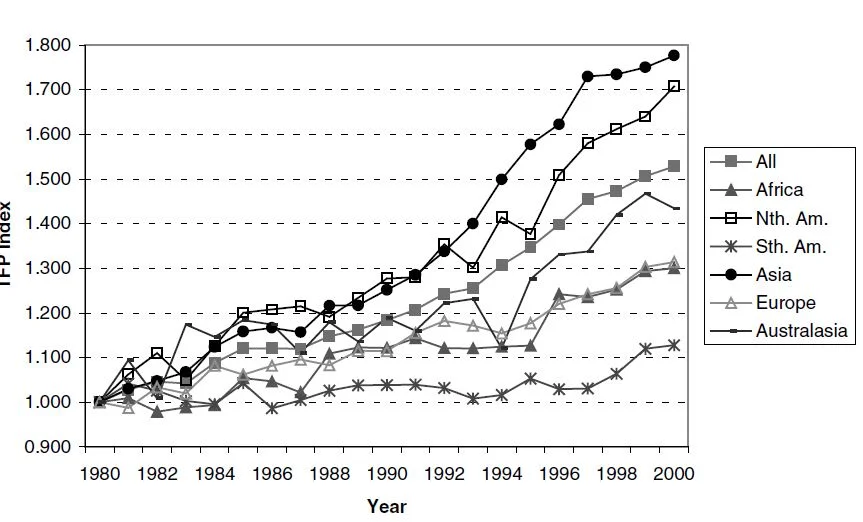A Facebook friend linked to this Georgetown paper showing the earnings of people with a terminal BS in different college majors. Looking through some of the tables, I was struck by how big a difference there was between the share of women vs. men in different college majors. I was reminded of a point made by my friend Matt Rousu, who has done some analysis showing that choice of college major went a long way toward explaining the often-discussed gap between the pay of men and women.
So, I cobbled together some data from the Georgetown paper, looking specifically at the most popular college majors. Here is the table I pulled together:
Among the most popular majors, those with a major in computer science earn the most (the median is $75,000 per year). Interestingly, however, only 22% of computer scientists are women. By, contrast, the lowest-earning major (among the most popular majors) is elementary education at $40,000, and a whopping 91% of elementary education majors are female.
A simple correlation between % female and median earnings is -0.76. There is strong evidence that women are choosing majors (or if you want to think conspiratorially, are being keep out of majors) that have relatively higher earnings. If I use the numbers above to do a back-of-the-envelope calculation, I figure that for the average man and women in this sample of popular majors, there will be a "gender gap" in median wage of about $5,640 (or a roughly 10% earnings discount for women) that is completely explained by differences in the choice of major.
There has been research attributing the "gender gap" to factors like discrimination, differences in time off for child care, differences in willingness to negotiate, etc., but I think it is also safe to say that choice of major matters a great deal.
So choose wisely.
I might add that one can do a lot worse than majoring in agricultural economics. We are in the top 10 majors in terms of employment, with a 94% full employment rate and a 98% employment rate; see tables 39 and 41 in the report), and BS graduates have a median income of $60,000. However, only 18% of our graduates are women and 90% of graduates are white. So, help improve diversity in our profession, find some great professors and topics, AND make a little more money. Choose Ag Econ!

